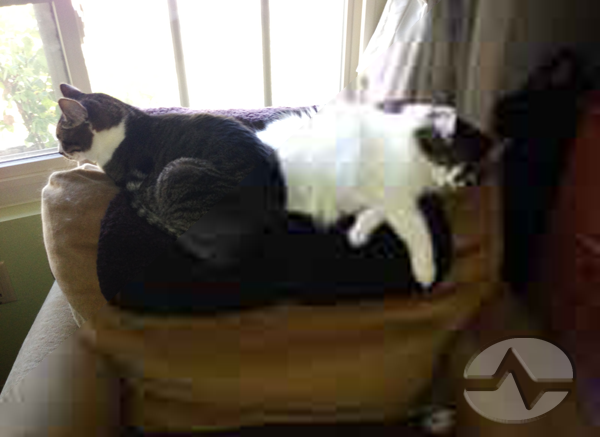We’re in year 10 of the age of 4K, although the fact is that most people don’t really seem to care. Released in late 2011, 4K video should be literally everywhere now. Most premium phones have displays of near-4K or higher. Most computers have the ability to use 4K displays or even higher-quality ones. 4K televisions are fairly cheap, and you can get a streaming device that supports 4K for less than a pair of movie tickets.
And yet, 4K video never made the real cultural impact that HD video did a generation ago. No one comes to your home to marvel at the quality of your 4K picture. No one says things like “it’s like looking out a window. While 4K isn’t a flop, it isn’t a hit either.
One of the big reasons is that there’s no easily understood definition of what 4K video even “is.” Of course there’s some technical distinctions, but they don’t come close to helping understand the real 4K experience.
The textbook definition of 4K
4K video is any video source with a resolution of about 3840×2160. In an ideal world, we would say that 4K had a resolution of 4096 pixels across, but the real resolution number comes from doubling the HD resolution of 1920×1080. No one is quibbling about that extra 140 pixels across. We’re all ok calling it 4K when the most picky of us would want to call it 3.8K.
That definition doesn’t tell you anything about what 4K really “is” though. Because computers can upsample virtually anything to 4K, there’s no “gut-level understanding” of what a 4K picture should bring to the table. This is super-important because most 4K video really underperforms.
Dynamic range

4K content doesn’t need to be HDR content. In most cases today, it is, but a lot of YouTube 4K stuff isn’t HDR. HDR means “high dynamic range” and it’s really what makes an image “pop.” Most people think the biggest difference between an old tube TV and a flat panel is that one is HD. That’s not true. The real difference is the dynamic range increase that’s built into the HD signal. That’s what gives the feeling of realism and clarity.
Part of the problem with HDR, though, is that in many cases it makes things look “super-realistic” or even fake. The makers of premium TV and movies often use lookup tables to deliberately make their images look cold or faded in order to convey a particular emotion. You’ll only really find the true benefit of HDR in computer-generated sequences that are intended to look hyper-real.
Compression artifacts

A completely uncompressed 4K image would require about 12,000 megabits per second to transmit. Most 4K video today uses between 10 and 20 megabits per second. Complex math is used to reduce that image down to 1/1000th of its native size. While a lot of this process is designed to preserve image quality, there’s only so much that can be done. Compress an image down enough and you’ll get artifacts like those you see on the white cat. Those artifacts rob the image of detail and can make a 4K image seem less exciting.
Depending on the level of compression, a 4K image could look the same or worse than an HD image, and that’s a big problem.
“Small” screens

Depending on the size of the screen, you may not even be able to tell if you’re looking at 4K. There are some scientific standards at play to help people understand the level of detail their eyes can see. However, this is different from person to person. It changes as we age and also depending on the lighting and overall conditions. And if you need glasses, there’s the matter of how accurate your prescription is.
Most people will not be able to tell the difference between HD video and 4K video on a phone. Depending on viewing distance, you may not notice a difference until your TV is 60″ or larger. Those smaller 4K TVs make a bit of difference if you sit really close, but they’re more for the bragging rights than anything else.
Hopefully things will improve
I do believe there is a place in the world for 4K content. I hope that we will see more 4K live channels, as well as more 4K content overall. But the days when I sought out 4K content just to watch in 4K are long gone. There’s just not enough difference to worry about.
The big worry is at some point consumer electronics manufacturers will want us all to move to 8K and the truth is, no one’s ready for that.




